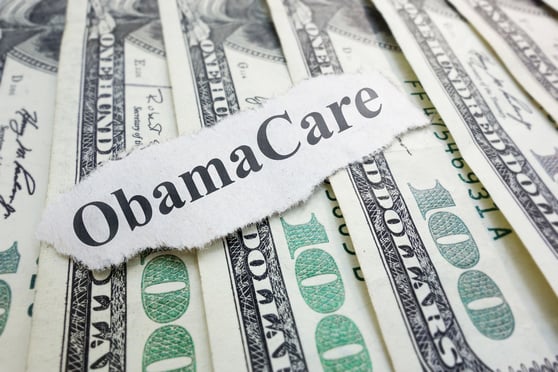President Donald Trump has complained that U.S. drugcompanies are “getting away with murder.” For once the hyperbole isforgivable: It suggests he takes the problem of drug costs seriously and mightbe willing to do something about it. Unfortunately, hisadministration’s efforts up to now suggest the opposite.
|The White House has proposed tweaks to government health-careprograms. Some of these measures are worth trying — they could helpat the margin — but tweaks aren’t enough. The underlying problem isdrug prices that are indeed murderous: Americans and their insurers oftenpay many times what people in other developedcountries pay for the same medicines. That’s what policy needs to confront.
|The administration wants insurers participating in Medicare’sprescription-drug program, for instance, to share more directlywith beneficiaries the discounts they arrange with drug companies.Out-of-pocket drug costs for some people on Medicare would becapped, and reimbursement for medicines administered by doctorswould be trimmed. In Medicaid, a handful of states would be allowedto decline coverage for certain drugs, increasing their leveragein negotiating discounts.
|Related: To curb drug costs, states look north
|Such changes could lower drug spending for some Medicare andMedicaid beneficiaries. But they miss the main point by shiftingcosts within the health-care system rather pressing down on thecosts themselves. Unless this changes, the U.S. will continue to beovercharged for its drugs.
|The companies often say that high U.S.prices pay for research into new lifesaving products. Leaving asidewhy U.S. patients should be asked to shoulder that burden for theentire world, the evidence shows that the argument is false: Thepremium companies collect in the U.S. market is substantiallygreater than the amount they spend on research anddevelopment.
|State legislatures have aimed closer to the mark with efforts toexpose the math behind price increases.Vermont, Nevada and California have new laws requiringthat drug companies provide cost breakdowns to justify big pricehikes on popular drugs (including, in Nevada’s case, drugsfor diabetes). Several otherstates are considering doing the same.
|Even if these laws stand — they’re being challenged in court —transparency gets you only so far. Pushing prices down will takestronger efforts from the federal government to increasecompetition.
|One good way to do that is to speed the uptake of generics.Scott Gottlieb, commissioner of the Food and Drug Administration,has been pressuring drug makers to stop trying to extend the monopolies they’ve beengranted (via FDA approval and patents) for brand-name drugs. Butonly Congress can forbid those practices, and it has yetto act on bipartisanlegislation that would do the job. Trump could show he’sserious about lowering drug prices by urging Congress to pass thelaw.
|Another way to boost competition would beto let people and pharmacies import some drugs from other countrieswith sound pharmaceutical regulation, such as Canada. Almost one in10 Americans say they already do, despite the officialprohibition.
|The U.S. should also do what so many other countries do:negotiate. The Centers for Medicare and Medicaid Services ought touse its enormous purchasing power on behalf of the 42 millionAmericans in the Medicare drug-benefit program, ensuring thatprices better reflect the drugs’ actual medical value. Again, for this to happen, Congress would needto change the law. Incredible as this will seem elsewhere in theworld, the U.S. government has denied itself permission to applypharmaceutical cost-benefit analysis and negotiate prices.
|Trump is right to deplore the cost of drugs in the U.S. There’sno great mystery about the causes — and no doubt that much boldermeasures than the administration has in mind will be needed tobring prices down.
|To contact the senior editor responsible for BloombergView’s editorials: David Shipley at [email protected].
|Copyright 2018 Bloomberg. All rights reserved. This material maynot be published, broadcast, rewritten, or redistributed.
Complete your profile to continue reading and get FREE access to BenefitsPRO, part of your ALM digital membership.
Your access to unlimited BenefitsPRO content isn’t changing.
Once you are an ALM digital member, you’ll receive:
- Critical BenefitsPRO information including cutting edge post-reform success strategies, access to educational webcasts and videos, resources from industry leaders, and informative Newsletters.
- Exclusive discounts on ALM, BenefitsPRO magazine and BenefitsPRO.com events
- Access to other award-winning ALM websites including ThinkAdvisor.com and Law.com
Already have an account? Sign In
© 2024 ALM Global, LLC, All Rights Reserved. Request academic re-use from www.copyright.com. All other uses, submit a request to [email protected]. For more information visit Asset & Logo Licensing.








